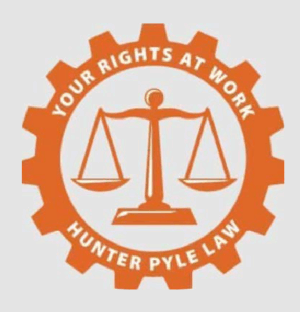The Bad News: Supreme Court finds Qualified Immunity in Lane v. Franks
[This is the second of two posts on the United States Supreme Court’s decision in Lane v. Franks. The facts of the case and its procedural history are set forth in the first post, and will not be repeated here.]
After siding with the plaintiff in the first part of its opinion, the Supreme Court turned its attention to the issue of qualified immunity. Qualified immunity is a judicially created doctrine that drastically limits people’s ability to sue public officials for illegal conduct. The way that it works is that courts are not permitted to award damages in lawsuits against government officials in their personal capacity unless two requirements are met:
First, the government official must have violated a statutory or constitutional right.
Second, the right at issue must have been clearly established at the time of the violation. However, in order for a court to find that a right was clearly established, there does not need to be a prior case with identical, or even materially similar, facts. Instead, the question is whether the preexisting law provided the defendant with fair warning that his or her conduct was unlawful. See Flores v. Morgan Hill (9th Cir.2003) 324 F.3d 1130, 1136-37.
In Lane, the Supreme Court found that the appropriate question for resolving whether qualified immunity applied was whether the defendant, Mr. Franks, could reasonably have believed, at the time that he fired the plaintiff, that a public employer could terminate an employee because of testimony that the employee gave that was outside of the scope of the employee’s normal job duties.
The Supreme Court then analyzed whether Eleventh Circuit precedent was clear enough on this issue to hold Mr. Franks liable. In two cases, from 1992 and 1994 respectively, the Eleventh Circuit had held that the subpoenaed testimony of public employees was protected by the First Amendment. However, in a case from 1998, the Eleventh Circuit had held that testimony given by a police officer regarding an accident that he had investigated while on duty, was employee speech that was not protected by the First Amendment. These cases thus conflicted.
As a result, the Supreme Court concluded that the issue of liability was not “beyond debate” at the time that Mr. Franks terminated the plaintiff. Qualified immunity therefore applied, meaning that the plaintiff could not recover damages against Mr. Franks.
Lane therefore both giveth and taketh away. On the one hand, it clarifies that government employees who provide testimony regarding information that they learned while working are protected from retaliation by the First Amendment. On the other hand, it insulates the public officials who engage in such retaliation from lawsuits based on their conduct-at least until a reported decision clarifies that what the official is doing is illegal.


